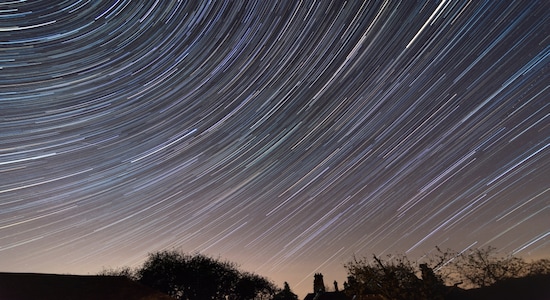
 1 / 7
1 / 7Lyrid Meteor Shower - WHEN: 16-25 APRIL (ACTIVE) | These are one of the oldest recorded meteor showers - seen over 2,500 years ago, according to some historical Chinese texts. Will peak on the night of 22 Apr. They are known for their luminous dust trains which can be observed for several seconds. (Image: Shutterstock)

 2 / 7
2 / 7Ningaloo Eclipse - WHEN: 20 APRIL | It is a total solar eclipse that's referred to as the Ningaloo eclipse because it will be best viewed from Ningaloo on the Western Australia coast. People in many Southeast Asian countries will also be able to see the eclipse. (Image: Shutterstock)
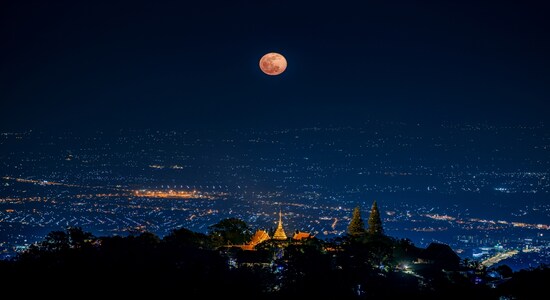
 3 / 7
3 / 7Penumbral Lunar Eclipse - WHEN: 5 MAY | This type of eclipse occurs when the Sun, Earth, and the Moon align imperfectly. The Earth blocks some of the Sun's light from directly reaching the Moon's surface and covers all or part of the Moon with the outer part of its shadow, also known as the penumbra. (Image: Shutterstock)
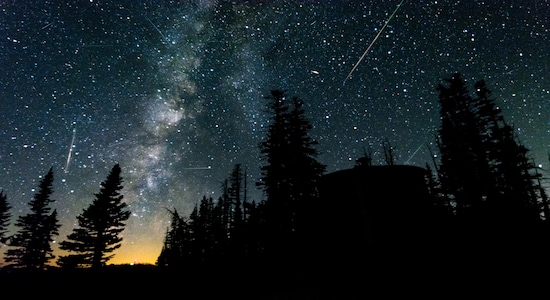
 4 / 7
4 / 7Perseid Meteor Shower - WHEN: 17 JULY-24 AUG (ACTIVE) | Considered the best meteor shower of the year, it will peak between 13-14 August. Perseids frequently leave long "wakes" of light and colour behind them as they streak through Earth's atmosphere. They are one of the most plentiful showers with about 50-100 meteors seen per hour. (Image: Shutterstock)
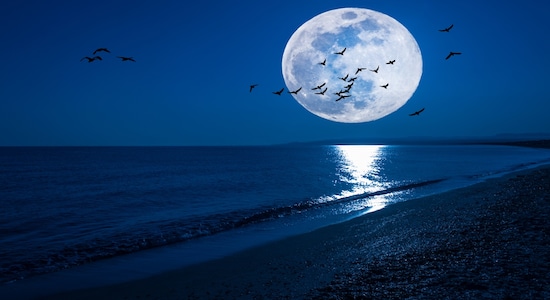
 5 / 7
5 / 7Blue Supermoon - WHEN: 30-31 AUGUST | This moon is called a "Blue Moon" because it's the second full moon in a calendar month. It happens every few years since the Moon orbits the Earth every 29 days. It's also the closest full Moon to Earth - so it's the year's best "supermoon". (Image: Shutterstock)
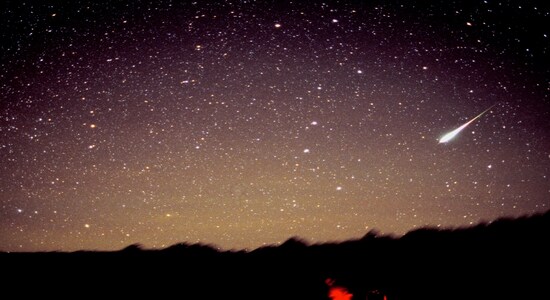
 6 / 7
6 / 7Leonid Meteor Shower - WHEN: 3 NOVEMBER -2 DECEMBER (ACTIVE) | The Leonids are considered to be a major shower. This year the meteor shower will peak between 17-18 November. The meteor rates are often low at about 15 meteors per hour. These are bright meteors and can also be colourful. They travel at speeds of 71 kms per second and are considered to be some of the fastest meteors. (Image: Shutterstock)
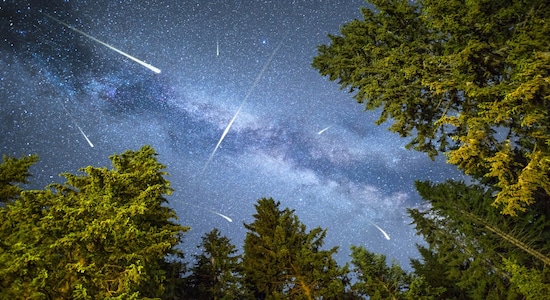
 7 / 7
7 / 7Geminids Meteor Shower - WHEN: 19 NOVEMBER-24 DECEMBER (ACTIVE) | These are considered to be one of the best and major meteor showers of the year. Will peak between 14-15 December. During that time, 120 Geminid meteors can be seen per hour under perfect conditions. The Geminids are bright and fast meteors and tend to be yellow in colour. (Image: Shutterstock)

